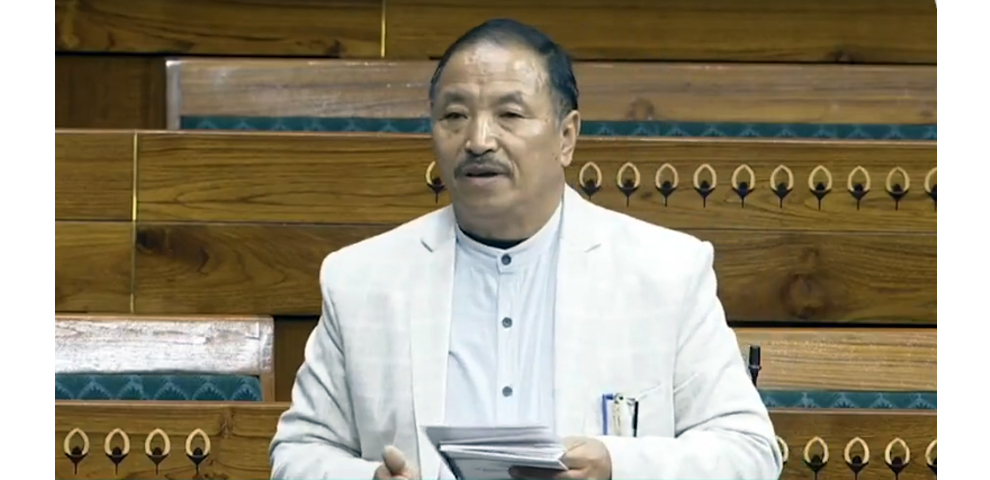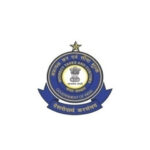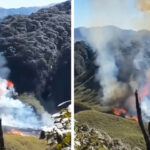A 3-day State Level Training on Springshed Management organized by North Eastern Institute of Water and Land Management (NERIWALM), Tezpur, in collaboration with Central Ground Water Board -NER (CGWB), Guwahati, National Institute of Hydrology (NIH), Roorkee, Department of Water Resources, RD and GR, Ministry of Jal Shakti, Government of India and Department of Land Resources, Government of Nagaland, was held at the Conference Hall of SIRD from the 13th to 15th December 2022.

The inaugural program on the 13th Dec 2022 was chaired by Albert Ngullie, Additional Director, Department of Land Resources. The welcome address was delivered by A. Pangjung Jamir, Director, Department of Land Resources. He welcomed all the participants and expressed hope that the training would help in the implementation of Water Related Programs in the state. He also highlighted the Springshed Development Programs being taken up by the Department of Land Resources in the state.
The welcome address was followed by short addresses by T. Rajababu, Senior Scientist, CGWB- NER and Dr SV Vijayakumar, Head, NIH, NERC. Rajababu, in his address, said that springs are the primary source of water for the rural households in hilly areas. He said that 80-90% of the total Himalayan region depends on springs and therefore the Government of India has taken up several initiatives in collaboration with different states to ensure water security.
Dr SV Vijayakumar stressed on the interconnection of springs and impact of other developmental activities taking place in the springshed areas. He stressed on maintaining the national database of springs in a systematic way. A short video clip on “Springshed Management in Nagaland – a strategy for climate proofing” was also shown during the inaugural function. Vote of thanks was pronounced by M Nath, Assistant Professor, NERIWALM.
The first technical session of the day was on the topic “Hydrological Overview of Country and Water Budgeting for Effective Water Resources Management” by Dr SV Vijaya Kumar, Scientist G, NIH, NERC, Guwahati. He explained about springs, types and classification of springs and their importance, quantifying and budgeting, field mapping of surface inter connection, water sample collection and chemical analysis, dye trace experiments, source water assessment area, spring yield, intervention measures and common mistakes in spring flow management.
The second session was on the topic “Overview of springs: importance, problems, genesis and types” by Dr SS Rawat, NIH, Roorkee. He said that many good works have been done in the state on springs and water related issues but there is a lack of documentation. He said that a spring is a system which comprises of recharge zone, transition zone and threshold point. He informed that springs are drying up due to Anthropogenic activities as well as climate change and climate variability. He also said that the Government of India has come up with a water policy to bridge the major gaps which has kept springs away from the policy/ mainstream research.
The third session of the day was on the topic “Hydrology with special reference to springs in NE States” by Shashinlo Kent, Scientist B, CGWB. He spoke on the importance of spring studies which includes regional and local geology, structure, topography and the aquifer system and their characteristics. He said that at least a one-year study of the recharge pattern of the springs should be done before taking up any intervention measures.
The fourth session was on the topic “Mapping of geological features in context of genesis of springs” by Mophi Mili, Scientist B, CGWB. She explained about the importance of stratigraphy, lithology, lineaments, joints/ fractures and faults and slope in Springshed studies. She also spoke on using mobile Apps for geological mapping.
The last session for the day was on the topic “Data Requirement for Spring inventorization and application of open source tool for field data collection” by Dr Deepak Singh Bisht, Scientist B, NIH. During this session, he spoke about the limitations and problems of paper-based data collection and the importance of using electronic data collection. Hands-on training for using the Kobo Tool Box was given to the trainees.
The second day of the training started with the technical session “Water Chemistry and Geo-chemical analysis of spring water” by Dr. Keisham Radhapyari, Scientist, CGWB, NER, Guwahati. She talked about the different chemical components of spring water, its contaminants and the plotting of the data in Piper diagram and USSL diagram.
The second day of the training ended with a field visit to the Thizama Village Springhed area for hands-on training on field data collection by using Kobo Collect app, and water quality testing of spring waters.
The third and last day of the training started with a technical session on the topic “Estimation of spring aquifer and dynamic storage of springs by Dr Dipjyoti Khound, Scientist C, CGWB. He spoke on spring discharge hydrograph, elements of water budget in a spring drainage area, different ground water resource estimation, recharge estimation of springs through water balance method, and GEC 2015 Methodology for spring resource, spring discharge estimation, spring discharge hydrograph, equation of recession discharge and aquifer resource in recession period.
The second technical session was taken up by Dr M Panner, Scientist, CGWB-NER, Guwahati on the topic “Water conservation efforts for sustainability of springs” where he talked about water conservation efforts in springshed area and the parameters that are considered for any conservation methods. He also talked about Springshed recharge structures such as recharge ponds, gully plugs/ gabion structures, staggered contour trenches, terraced fields and intensive afforestation.
The third technical session was on the topic “Technique for springshed mapping” by Dr SS Rawat, Scientist E, NIH. Here he spoke about identification of the recharge area of springs using different techniques such as catchment approach, geohydrology technique and isotope technique in combination with catchment approach and geohydrology technique. He also said that an integrated approach for identification of the recharge area of springs can be done through hydrological, environmental isotopic, water chemistry and geological technique.
The fourth technical session was on the topic “Spring vulnerability mapping” by Dr. SS Rawat. He said assessment for vulnerability of the springs should be carried out to identify the most critical springs and added that this is normally done by ICIMOD and also the IPCC method for estimation of livelihood vulnerability index (LVI) for identifying the critical areas.
The last technical session was on “Management and visualization of field data on QGIS” by Dr Deepak Singh Bisht, Scientist B, NIH. During this session the spring data which were collected by the participants from the field visit to Peso Dz?khouSpringshed area at Thizama Village were plotted on QGIS.
The training ended with a valedictory function wherein there were discussions, and feedbacks from the participants. Certificates of participation were also handed over to all the participants.
Issued by:
Directorate of Land Resources,
Nagaland, Kohima



